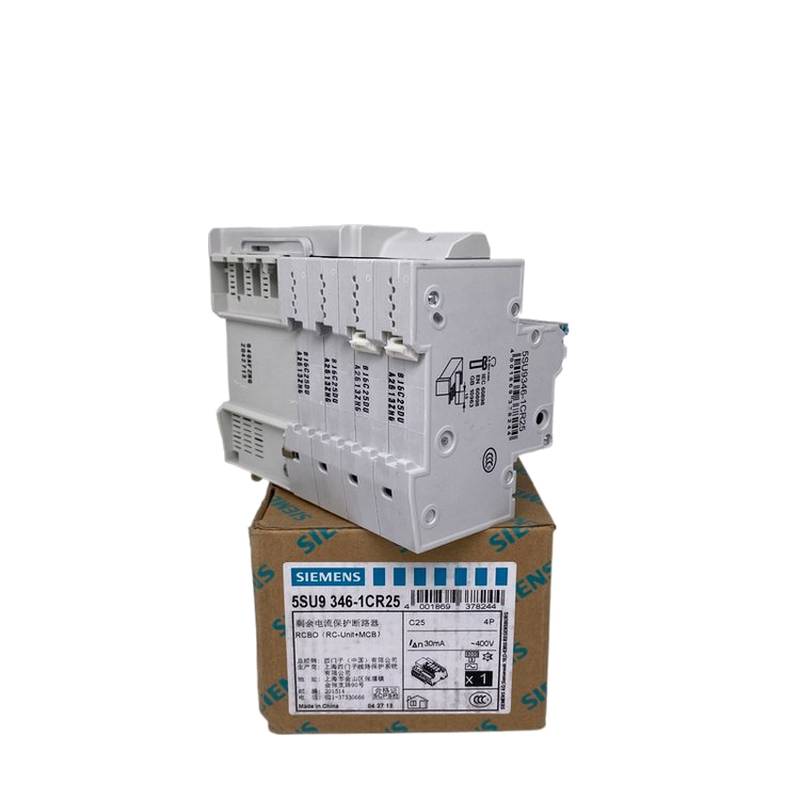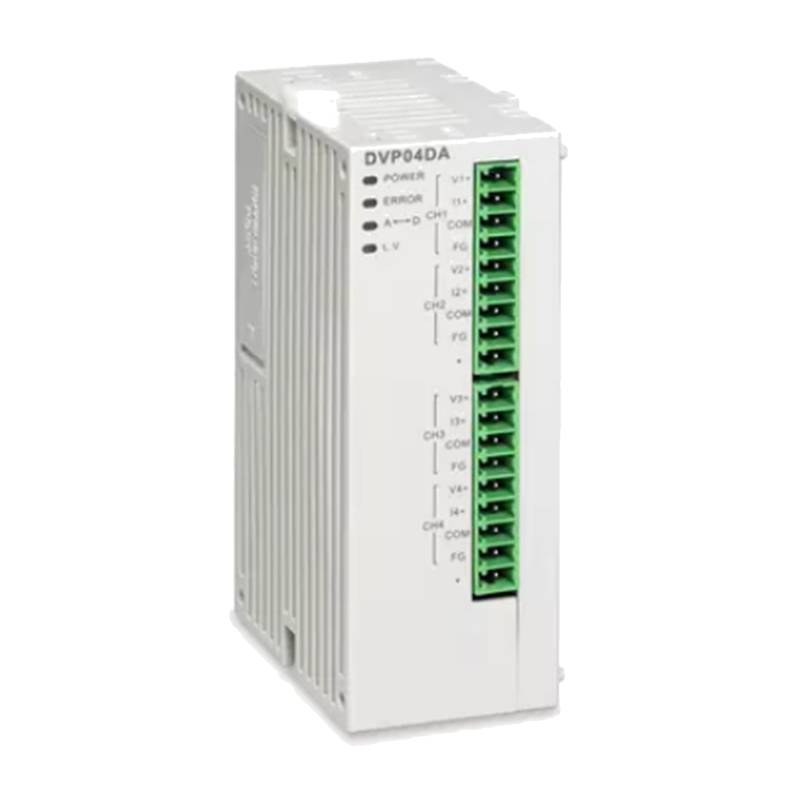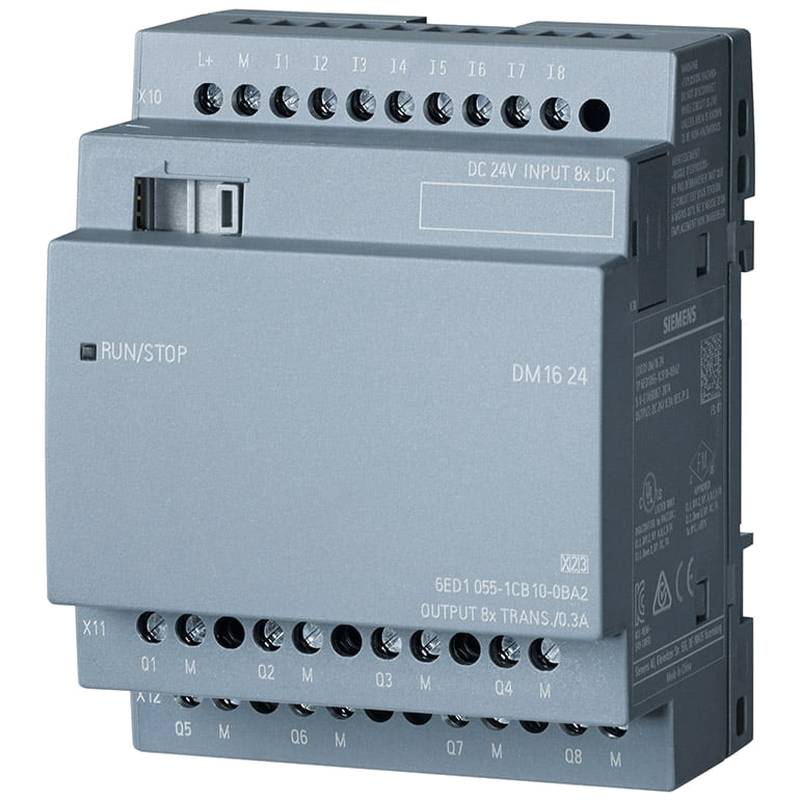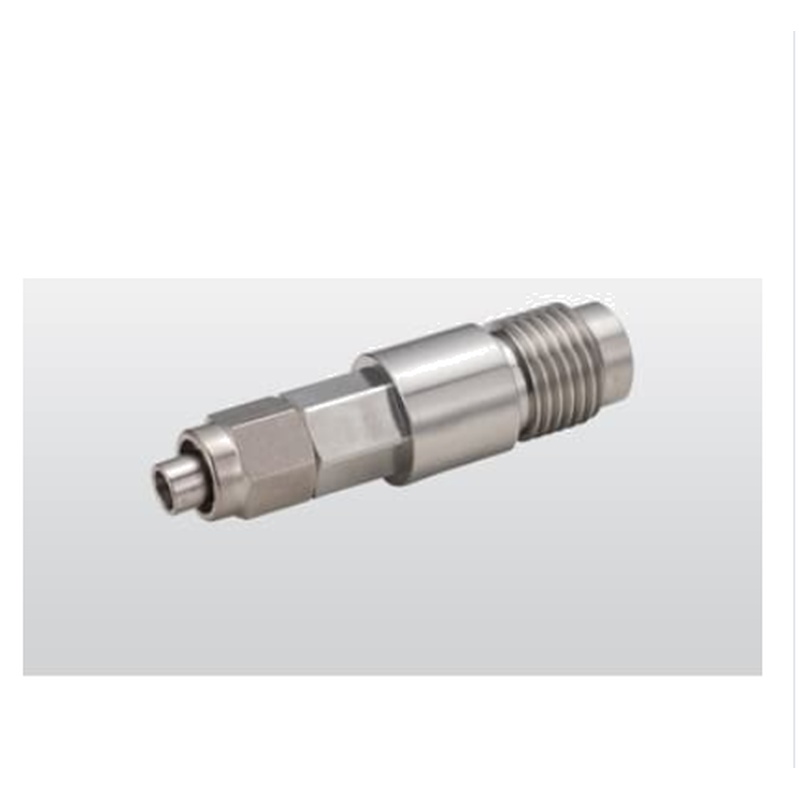
The Siemens 7KT1662 Three-Phase DIN Rail Energy Measurement Device offers robust and accurate power monitoring for industrial applications. Its core advantages lie in its DIN rail mountability, facilitating easy integration into control cabinets, and its comprehensive energy measurement capabilities. Key technical parameters include a nominal voltage of 400V AC, a maximum current rating of 65A, and a frequency range of 50/60 Hz. This device provides precise metering of active and reactive energy, crucial for optimizing energy consumption and managing costs in diverse industrial settings.
Product Specifications
| Parameter | Value |
| :------------------- | :-------------------------------------- |
| Device Type | Three-Phase Energy Measurement Device |
| Mounting | DIN Rail |
| Nominal Voltage | 400V AC |
| Max. Current | 65A |
| Frequency | 50/60 Hz |
| Measurement | Active and Reactive Energy |
| Display | LCD |
| Communication | Modbus RTU (optional) |
| Accuracy Class (Active) | Class 1 |
| Accuracy Class (Reactive)| Class 2 |
Core Features & Market Positioning
The Siemens 7KT1662 stands out in the competitive landscape of energy measurement devices due to its robust build quality and Siemens' reputation for reliability. It features an intuitive LCD display for immediate readings of critical energy parameters, simplifying on-site monitoring. For advanced data acquisition and integration into Building Management Systems (BMS) or SCADA systems, an optional Modbus RTU communication interface allows for seamless remote data transfer. This positions the 7KT1662 as a versatile solution for facilities seeking granular control over their energy expenditures and operational efficiency. Its Class 1 accuracy for active energy measurement ensures that billing and consumption analysis are highly precise, a key differentiator in industrial metering.
Key Application Scenarios
This three-phase energy meter is ideally suited for a broad spectrum of industrial applications, including manufacturing plants, data centers, commercial buildings, and renewable energy installations. In manufacturing, it enables detailed sub-metering of individual machines or production lines, identifying energy-intensive processes and opportunities for optimization. For data centers, accurate power monitoring is paramount for managing cooling systems and server loads, directly impacting operational costs and uptime. In commercial settings, it facilitates tenant billing and energy usage analysis. Furthermore, its robust design makes it suitable for tracking energy generation and consumption in solar or wind energy projects, ensuring accurate performance data.
Practical System Integration Guidance
Integrating the Siemens 7KT1662 into existing electrical systems is straightforward due to its standard DIN rail form factor. Installation involves connecting the three phases and neutral conductors to the appropriate terminals, ensuring correct polarity. For systems requiring remote monitoring or data logging, the optional Modbus RTU communication port can be wired to a gateway or directly to a supervisory controller. Configuration of the Modbus parameters, such as baud rate and station address, is typically performed via the device's front panel or through specialized software, depending on the specific model variant and communication module employed. Adherence to local electrical codes and best practices during wiring is essential for safe and reliable operation.
Operation and Risk Mitigation
Operating the 7KT1662 is designed to be intuitive, with the LCD screen providing clear readouts of energy consumption (kWh, kVArh), power factor, voltage, and current. Regular visual inspection of connections and the display can help preemptively identify potential issues. While the device itself is designed for high reliability, risks in its application typically stem from improper installation or external electrical disturbances. Ensuring that the device is correctly rated for the system voltage and current, and that all connections are secure and insulated, are critical risk mitigation steps. Overload protection should be provided by upstream circuit breakers or fuses as per system design requirements.
Scalability & Long-Term Value
The Siemens 7KT1662 offers significant long-term value through its compatibility with Siemens' broader industrial automation and energy management ecosystems. Its optional Modbus RTU communication enables seamless integration into digital platforms, including the Industrial Internet of Things (IIoT), allowing for sophisticated data analytics and predictive maintenance strategies. This scalability ensures that as energy management requirements evolve, the 7KT1662 can remain a core component of the monitoring infrastructure. Compatibility with existing Siemens control and HMI systems further enhances its value proposition, providing a unified approach to plant-wide energy visibility and management.
Frequently Asked Questions
What is the primary function of the Siemens 7KT1662?
It serves as a three-phase energy measurement device.
It accurately monitors active and reactive energy consumption.
This aids in cost management and operational efficiency.
What are the key technical specifications of this device?
It operates at 400V AC with a 65A maximum current.
The device supports 50/60 Hz frequencies for global use.
It achieves Class 1 accuracy for active energy measurement.
How is the Siemens 7KT1662 installed on a DIN rail?
Installation involves securing it onto a standard DIN rail.
Phase and neutral conductors connect to designated terminals.
Proper wiring ensures accurate and safe energy monitoring.
Does the 7KT1662 support remote communication?
Yes, it offers an optional Modbus RTU interface.
This allows for integration into BMS and SCADA systems.
Remote data access enhances monitoring capabilities significantly.
What types of energy does the 7KT1662 measure?
It measures both active (kWh) and reactive (kVArh) energy.
This provides a comprehensive view of power usage.
Understanding both is crucial for power factor correction.
What is the accuracy class for active energy measurement?
The device boasts an accuracy class of Class 1.
This ensures precise energy consumption readings.
High accuracy is vital for billing and analysis.
Can this device be used in commercial buildings?
Absolutely, it's suitable for various industrial and commercial uses.
It helps in sub-metering and tenant billing applications.
Optimizing energy use is a key benefit for buildings.
What are the benefits of using Modbus RTU on this device?
Modbus RTU enables seamless data integration.
It connects to Building Management Systems (BMS).
This allows for automated energy management and reporting.
What is the significance of its DIN rail mounting?
DIN rail mounting simplifies cabinet installation.
It allows for compact and organized electrical setups.
This feature speeds up the integration process.
Is the Siemens 7KT1662 suitable for IIoT integration?
Yes, its communication options facilitate IIoT connectivity.
Data can be streamed for advanced analytics.
This supports smart grid and digital factory initiatives.
























